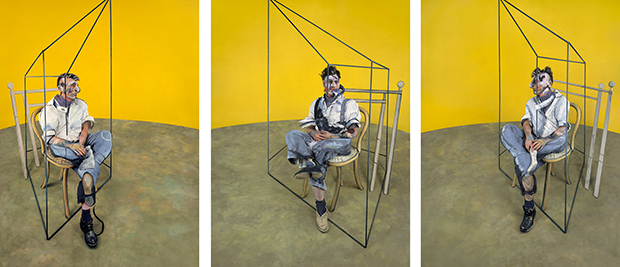
Meet the artist who reworks Francis Bacon
Why does Michel Platnic create film-set style copies of the late painter's best-known works?
Francis Bacon, despite being a great art history scholar, drew a great deal of inspiration from newer forms of image making, as Martin Hammer explains in our Phaidon Focus edition dedicated to the artist.
“For Bacon, contemporary experience was thoroughly infused by the image domain of lens-based media, given that ‘one’s sense of appearance is assaulted all the time by photography and by film’. Any painting worth its salt, Bacon felt, was bound to emulate, even compete with, the powerful, immediate and highly suggestive effects that these modern media had launched upon the world.”
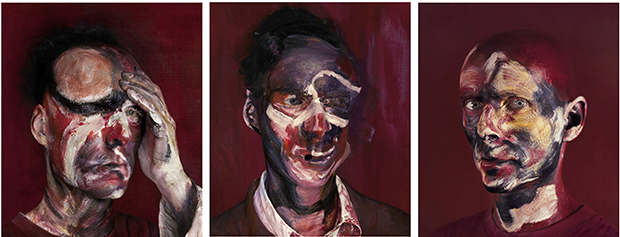
Now the French-born, Berlin-based painter and performance artist Michel Platnic is reverse-engineering Bacon’s work, by exhibiting his ‘living paintings’, or large-scale video installations and prints, which often place Platnic himself centre stage.
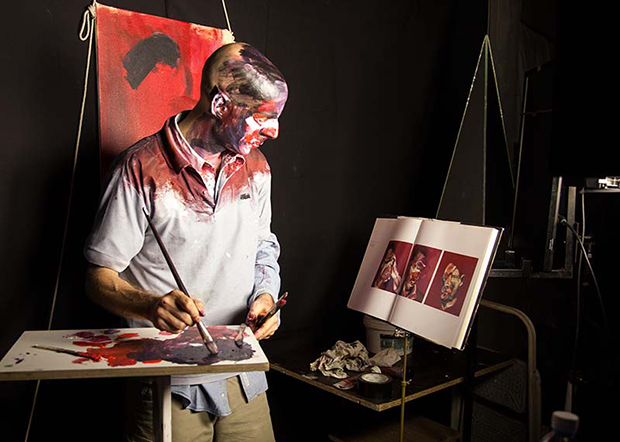
The contemporary artist recreates Bacon’s work by merging his own mimicry of the great artist’s brush strokes with photography, film sets. It takes two months to produce each of these set pieces, which are sometimes designed using 3D modelling software. His current exhibition at Art Plural Gallery in Singapore is called After and puts a number of Platnic’s Bacon tributes on display, including the artist’s version of Three Studies of Lucian Freud, one of the most expensive paintings ever sold at auction.
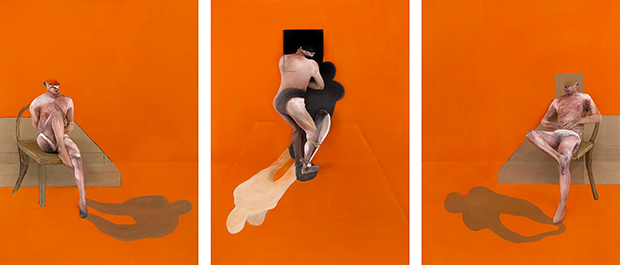
Why does Platnic execute these tributes? Well, the artist, who was born in 1970, says he regards Bacon as a “a father figure," and that he feels that he "needed to respond to his interpretation of human kind. The first drive I had when I saw Bacon’s works was to give a face back to his characters.” Indeed, rather than see his creations as humble tributes Bacon, Platnic suggests his own works serves as an extension of these earlier paintings.
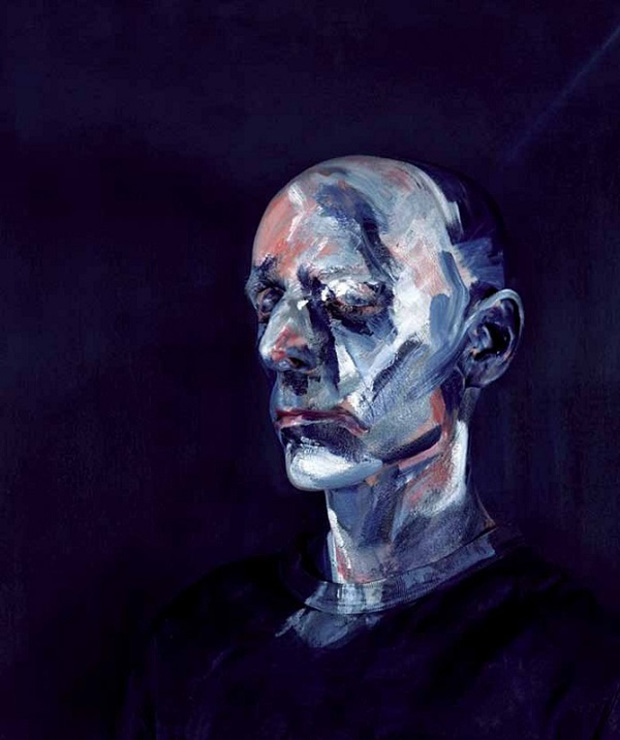
“In my works,” he says, “I pursue Bacon’s creative process by giving his works a physical existence in a three dimensional world. I re-enact what Bacon created from his memory and imagination and then give it an answer. It allows me to change this vision of man, whom he presents as part of a reality that I inherited from the past generation.”
{media3}
This, of course, runs somewhat contrary to Bacon's own thinking on the people he painted. The late artist once commented that "I really want to keep them as anonymous as possible... people can read what they like into them."
Gallery-goers can judge Platnic's readings for themselves at the Plural Art Gallery 38 Armenian Street in Singapore until 21 February. Meanwhile, for a richer understanding of Platnic’s subject matter, buy a copy of our Francis Bacon Phaidon Focus here.